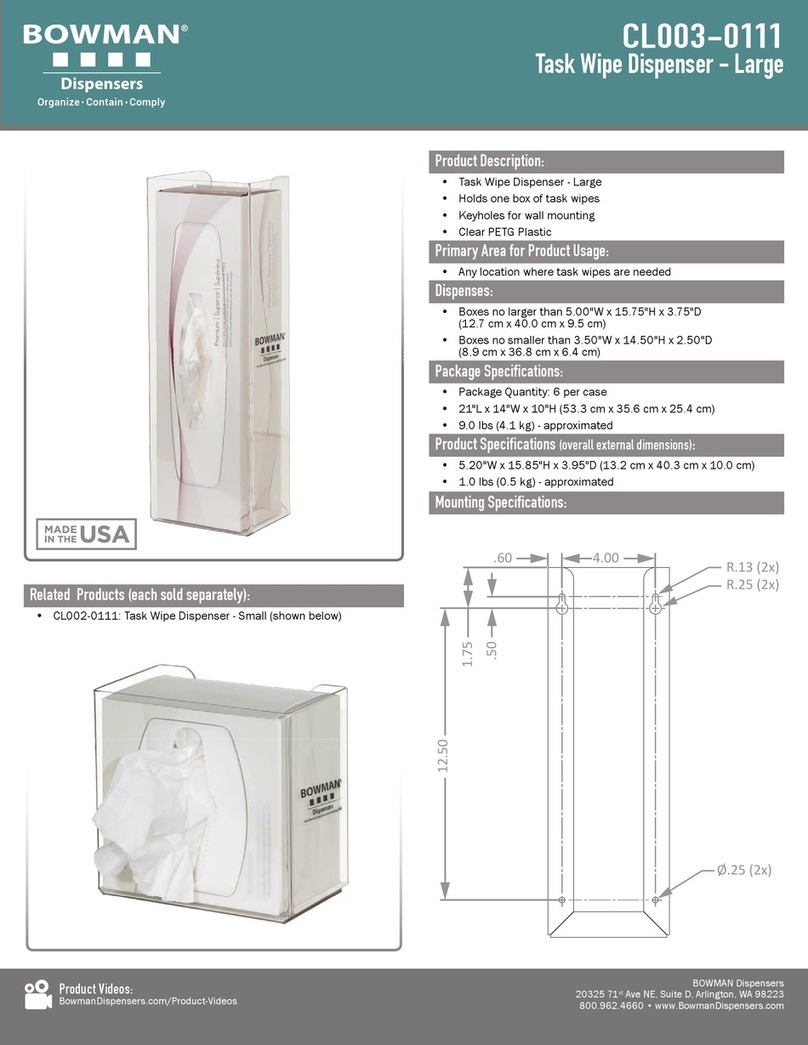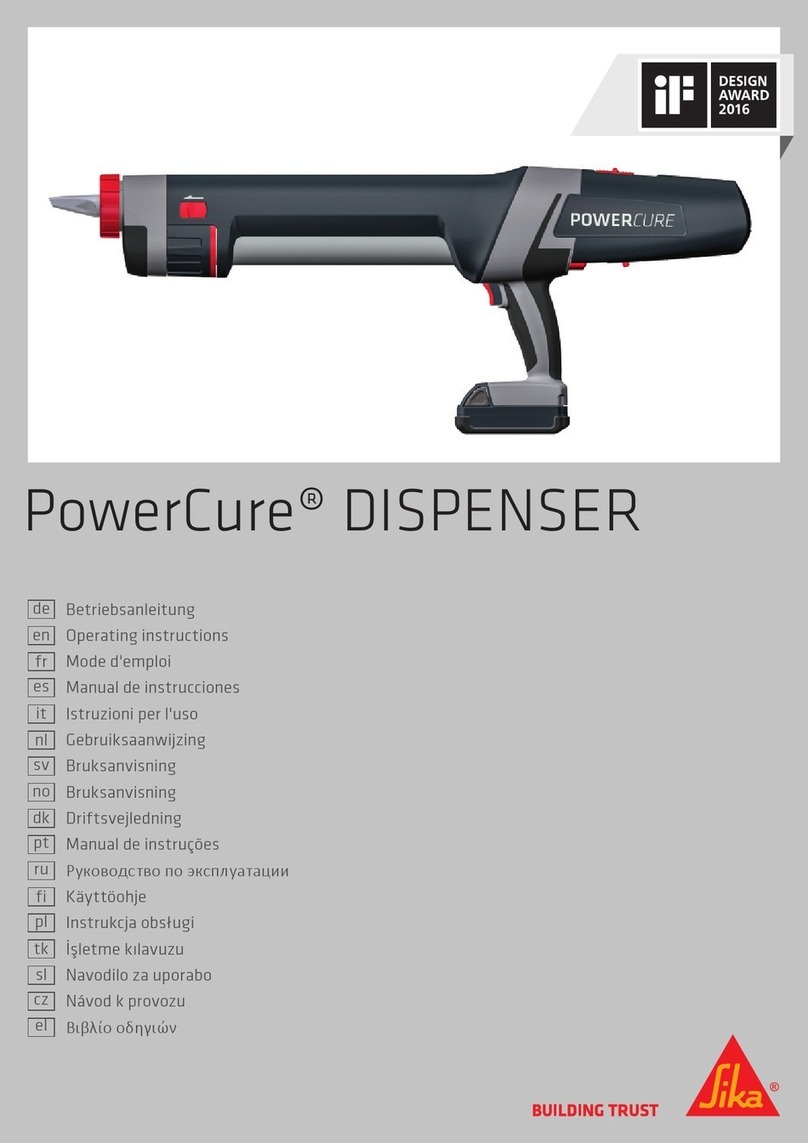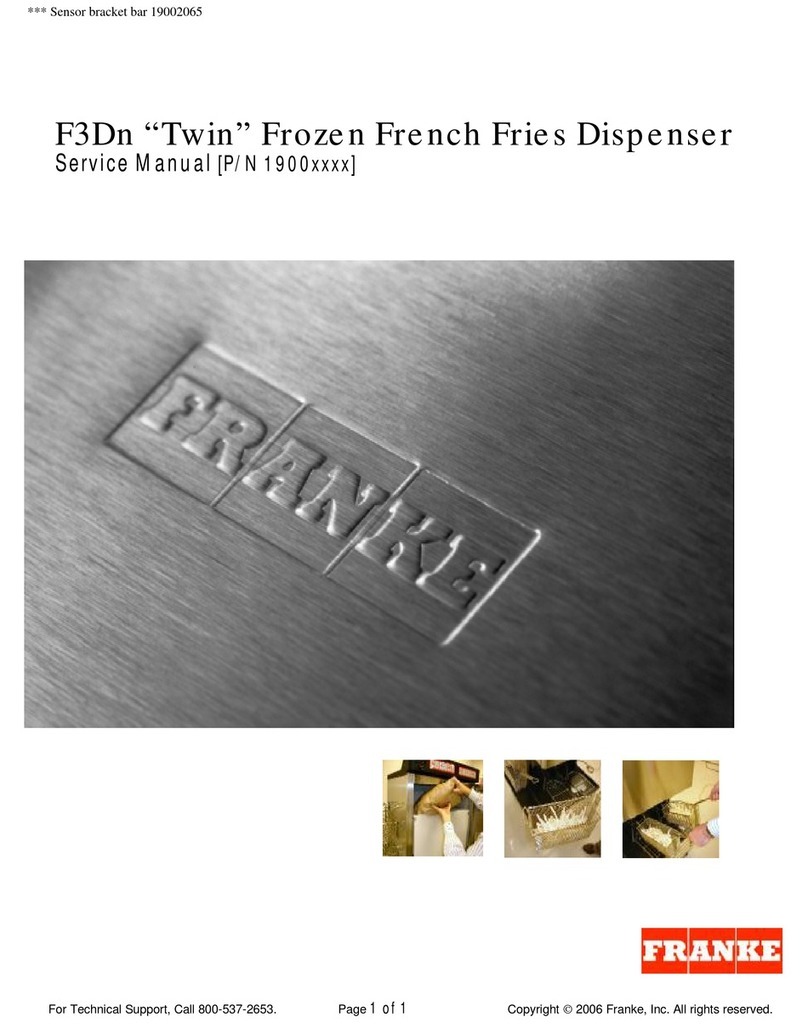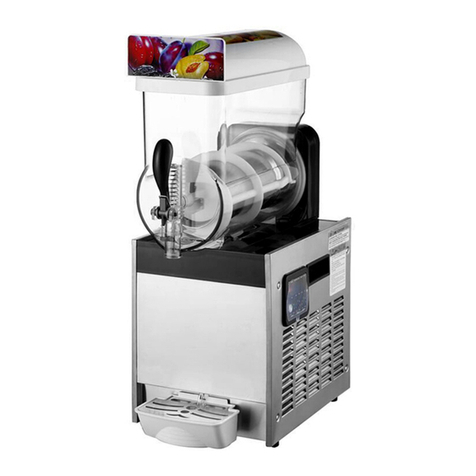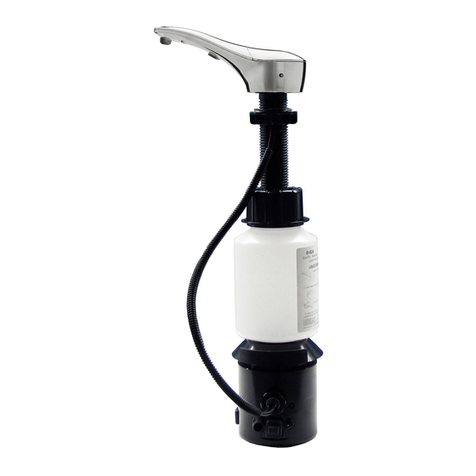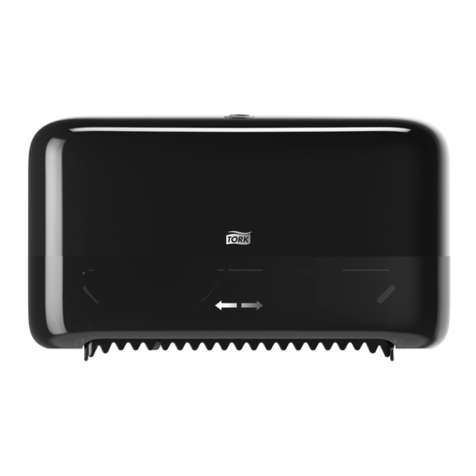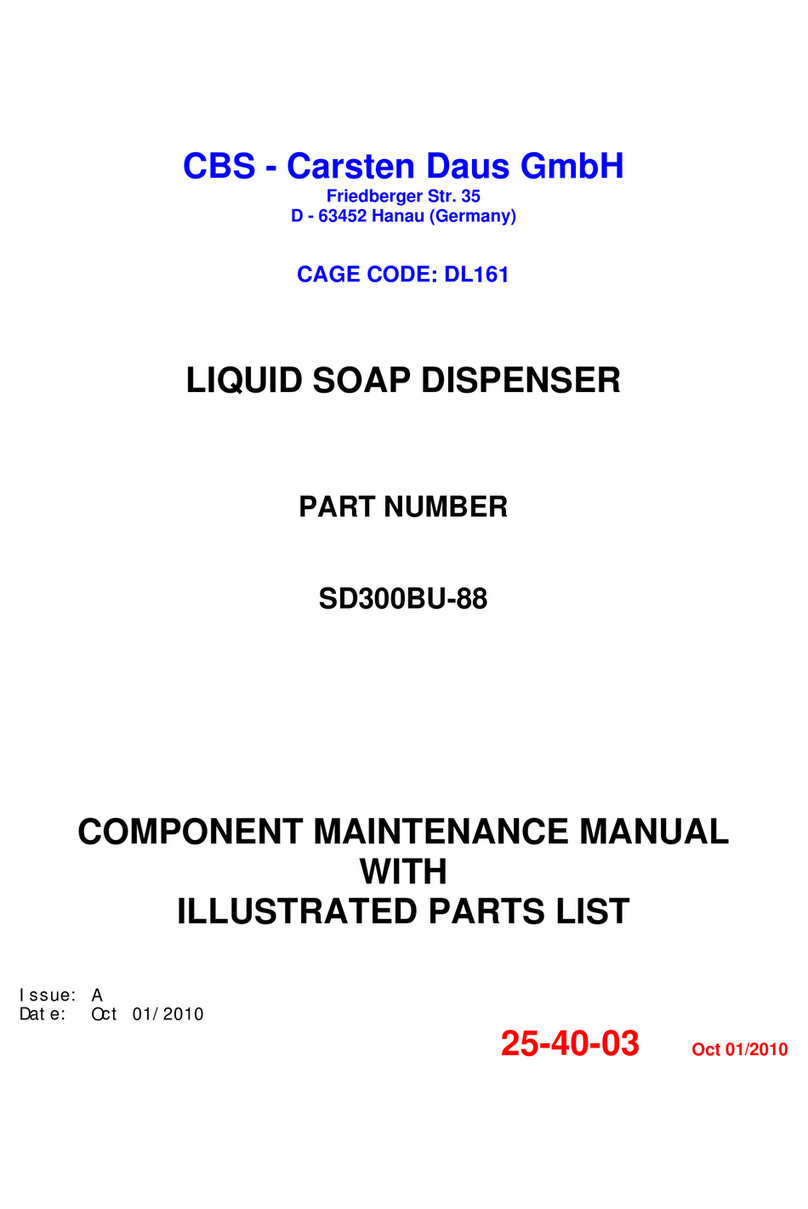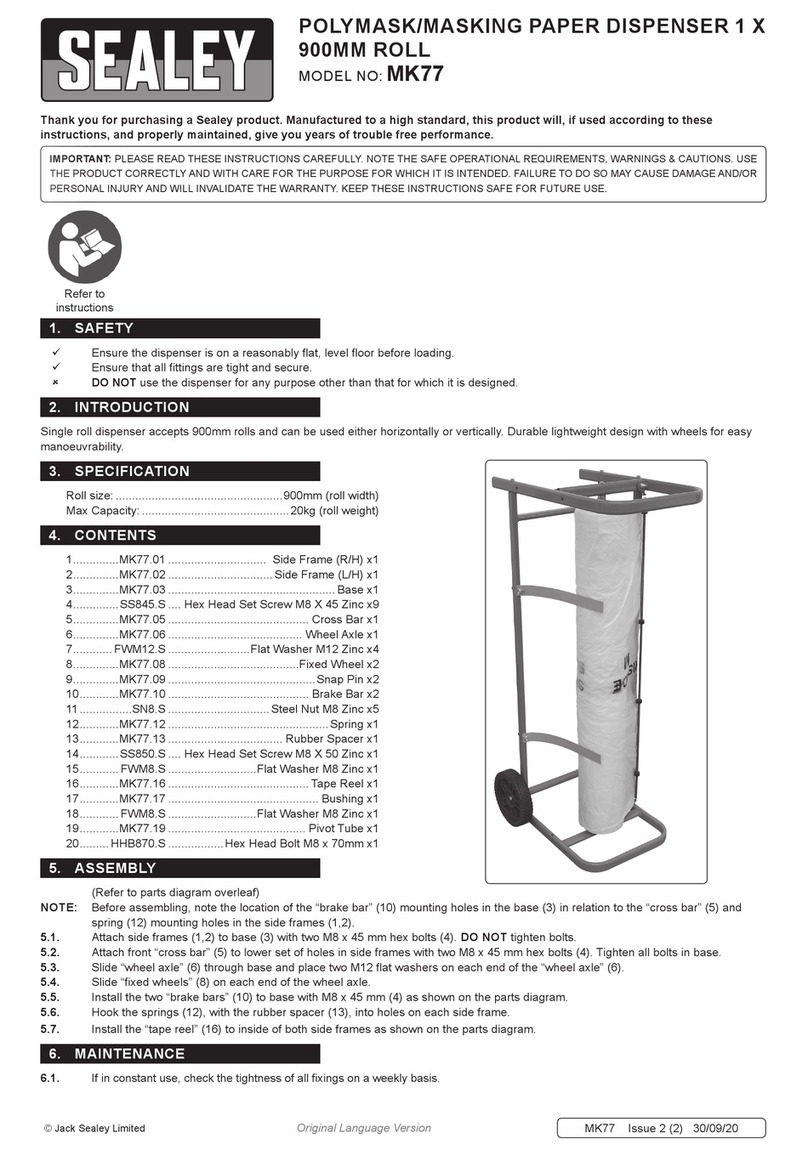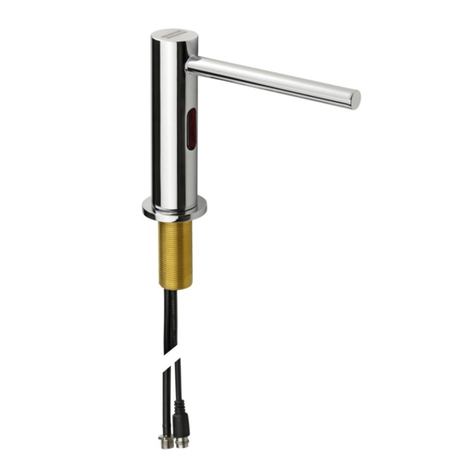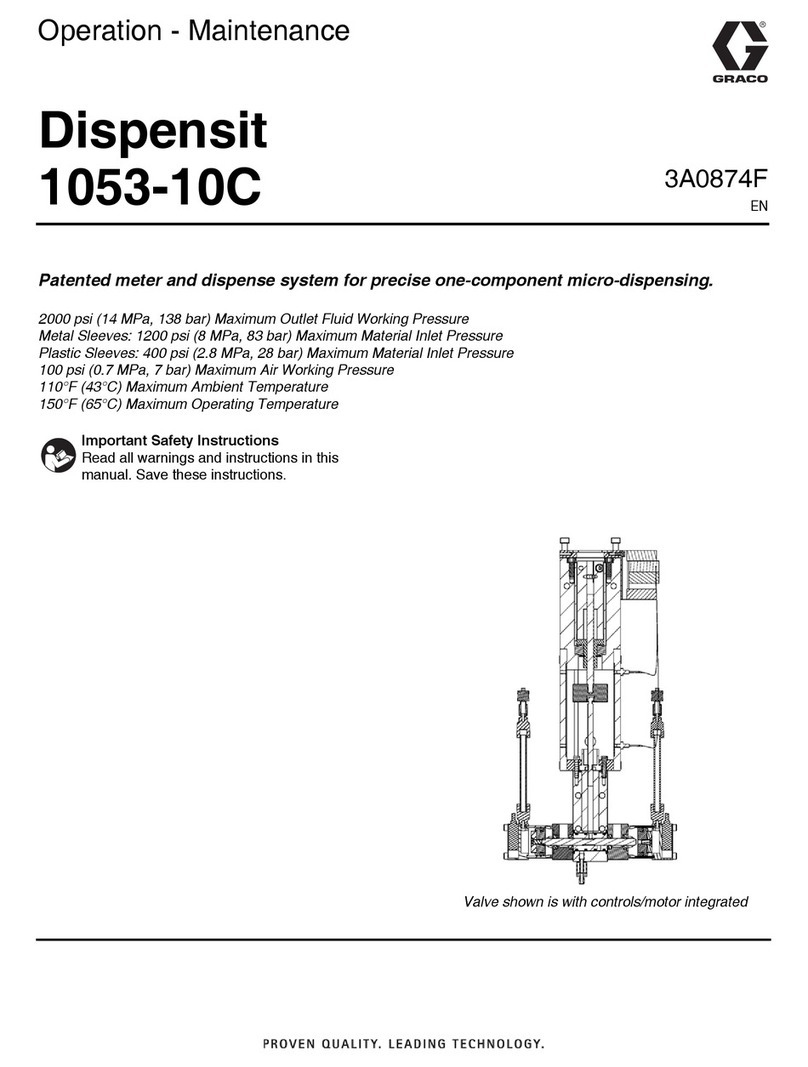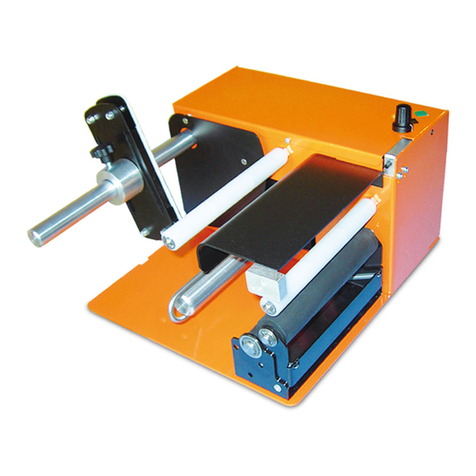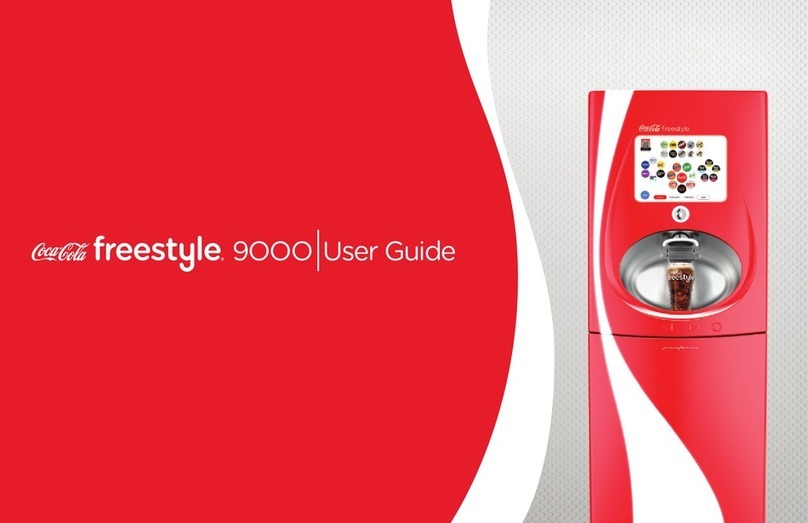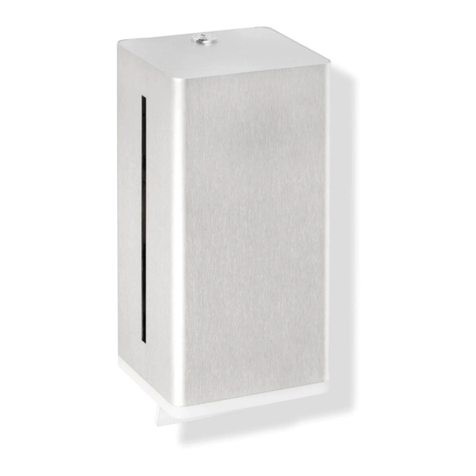
3
1 General information ....................................................................................................4
1.1 Introduction .........................................................................................................4
1.2 Conventions ........................................................................................................4
1.3 Symbols and labels.............................................................................................5
1.4 Copyright protection............................................................................................5
1.5 Guarantee and warranty .....................................................................................5
2 Safety ............................................................................................................................6
2.1 Intended use .......................................................................................................6
2.2 Improper use.......................................................................................................6
2.3 Responsibility of the user....................................................................................7
2.4 General safety instructions .................................................................................7
3 Setup / function ...........................................................................................................8
3.1 Auxiliary tools....................................................................................................10
4 Technical specications...........................................................................................11
4.1 Dispense head MH2-D.../MH2-D-...-C2............................................................11
4.2 Ambient / operating temperature ......................................................................13
4.3 Torques for dip tube closures............................................................................13
5 Assembly / commissioning......................................................................................14
5.1 Initial commissioning.........................................................................................14
5.2 Tests prior to assembly .....................................................................................16
5.3 Mounting the dispense head.............................................................................18
6 Operation....................................................................................................................22
6.1 Tests before each operation .............................................................................22
6.2 Tests during operation ......................................................................................22
7 Troubleshooting ........................................................................................................23
8 Disassembly...............................................................................................................24
8.1 Dismantling the dispense head.........................................................................24
9 Maintenance / disposal .............................................................................................26
9.1 Cleaning the dispense head .............................................................................26
9.2 Dispense head maintenance ............................................................................26
9.3 Returning dispense heads ................................................................................26
9.4 Dispense head disposal....................................................................................27
Contents
